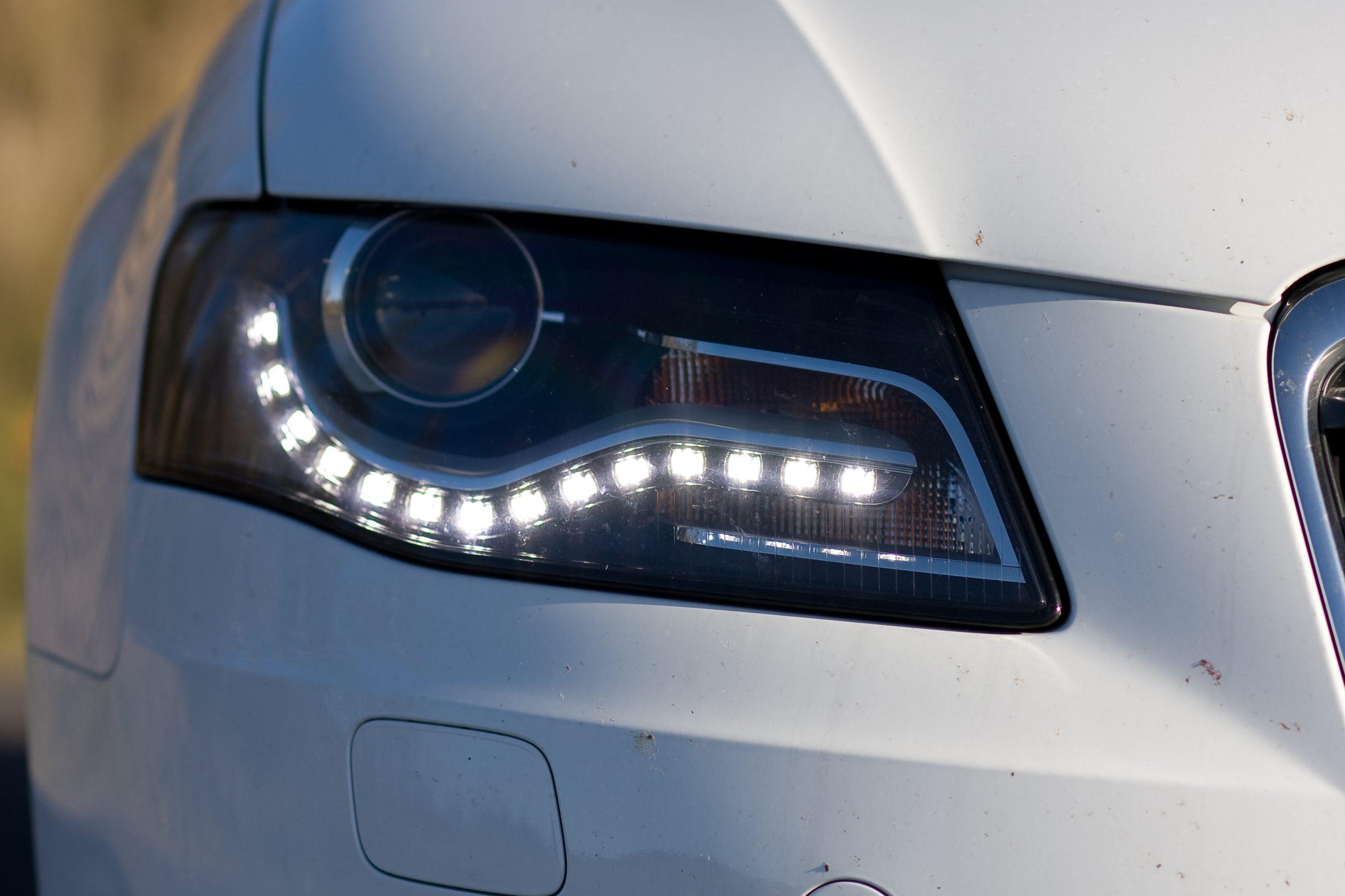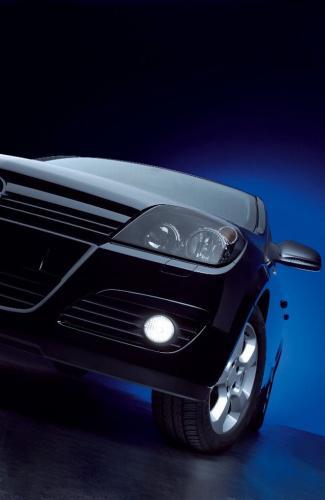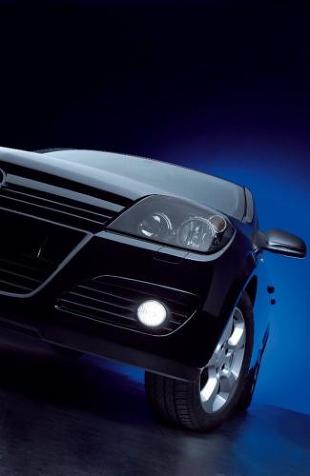
In daytime running lights
 Perhaps soon we will have to drive for a whole year with dipped headlights or the so-called daytime. The latter are the more efficient solution.
Perhaps soon we will have to drive for a whole year with dipped headlights or the so-called daytime. The latter are the more efficient solution.
It is no secret that the better our vehicle is visible, the safer it is for ourselves and other road users. Perhaps soon we will have to drive for a whole year with dipped headlights or the so-called daytime.
Nearly 20 European countries have made it mandatory to use lights all day long at certain times of the year, and in Scandinavia even all year round. However, the use of dipped beam for this purpose increases fuel consumption and the need for more frequent replacement of headlight bulbs. That is why the so-called daytime running lights can  use instead of low beam.
use instead of low beam.
The European Commission once commissioned a safety study related to the use of daytime running lights, which showed that the number of crashes occurring during the day in countries where lights are mandatory has dropped from 5 percent to 23 percent. (for comparison: the introduction of mandatory seat belts reduced the number of deaths by only 7%).
Not just for baby
Daytime running lights are not, as popular belief claims, homegrown designers' inventions designed for the very weak battery of the Kid. This is an idea straight from Scandinavia, where they wanted to reduce exhaust emissions through increased fuel consumption, and at the same time increase safety. For example, cars for the northern European market are equipped with such lamps as standard, and moreover, they can sometimes be found even in very exclusive models of brands such as Audi, Opel, Volkswagen or Renault. An interesting fact is that even the export versions of the Polonez Caro were equipped with daytime running lights.
According to European regulations, daytime running lights must be white. In addition, in some countries, including Poland, they must be installed in such a way that they automatically turn on together with the tail lights. The headlights must be between 25 and 150 cm high, at a maximum distance of 40 cm from the side of the vehicle and at least 60 cm apart.
Safer, cheaper...
The advantage of using daytime running lights is to reduce fuel consumption. Dipped beam headlights increase the "appetite" for fuel by about 2 - 3 percent. With an average annual car mileage of 17 8 km, a fuel consumption of about 100 l / 4,2 km and a petrol price of about PLN 120, we spend on lighting between PLN 170 and XNUMX per year. The second benefit is that low beam lamps last longer because they don't run all the time. Of course, the savings from the application  special daytime running lights are not great, because in our weather conditions we often have to use the dipped headlights (for example, in autumn and winter, during rain, fog, in the evening and at night).
special daytime running lights are not great, because in our weather conditions we often have to use the dipped headlights (for example, in autumn and winter, during rain, fog, in the evening and at night).
As standard, low beam headlights are equipped with bulbs with a total power of up to 150 watts. Daytime running lights have lamps ranging from 10 to 20 watts, and the most modern LED ones have even just 3 watts (such a solution was introduced by Audi in the A8 model, which integrated the classic position lights with LED daytime running lights).
Thus, fuel consumption due to the use of daytime running lights is reduced to about 1-1,5 percent, respectively. or even 0,3 percent. Here's another comparison - bad tire pressure causes up to twice as much loss as due to the use of low beams.
Little choice
In our market, daytime running lights are offered almost exclusively by Hella. They are designed for individual car models, and are also available in a universal version.
For self-manufacturing of daytime running lights, you can also use the headlights available in the car. The idea is to run the light bulbs at a voltage below the nominal voltage, which will make them dim at night and still be perfectly visible even on a sunny day. The high beam (high beam) should be used as daytime running lights. Their headlights reflect light far ahead, unlike low beam headlights, which illuminate the road directly in front of the car (so the light beam is directed downwards). For the design, you can use a relay (regulator) that reduces the voltage on the bulbs to about 20 V. It is connected to an oil pressure sensor so that the daytime running lights turn on automatically when the engine is turned on. Headlights and instrument panel lights do not turn on. The cost of the regulator is about 40 PLN.
Installation of daytime running lights in a workshop costs about PLN 200-250. The headlights themselves can be purchased at online auctions or in auto accessories stores at a price of PLN 60 for a ready-to-assemble kit. Diagrams for such simple setups can be found online or in hobby electronics magazines.
Suggested retail prices for Hella daytime running lights net (price per set of 2 pcs + accessories)
Type of daytime running lights | Polish zloty price |
Universal - “tears” | 214 |
Universal - round | 286 |
For Opel Astra | 500 |
For Volkswagen Golf IV | 500 |
For Volkswagen Golf III | 415 |